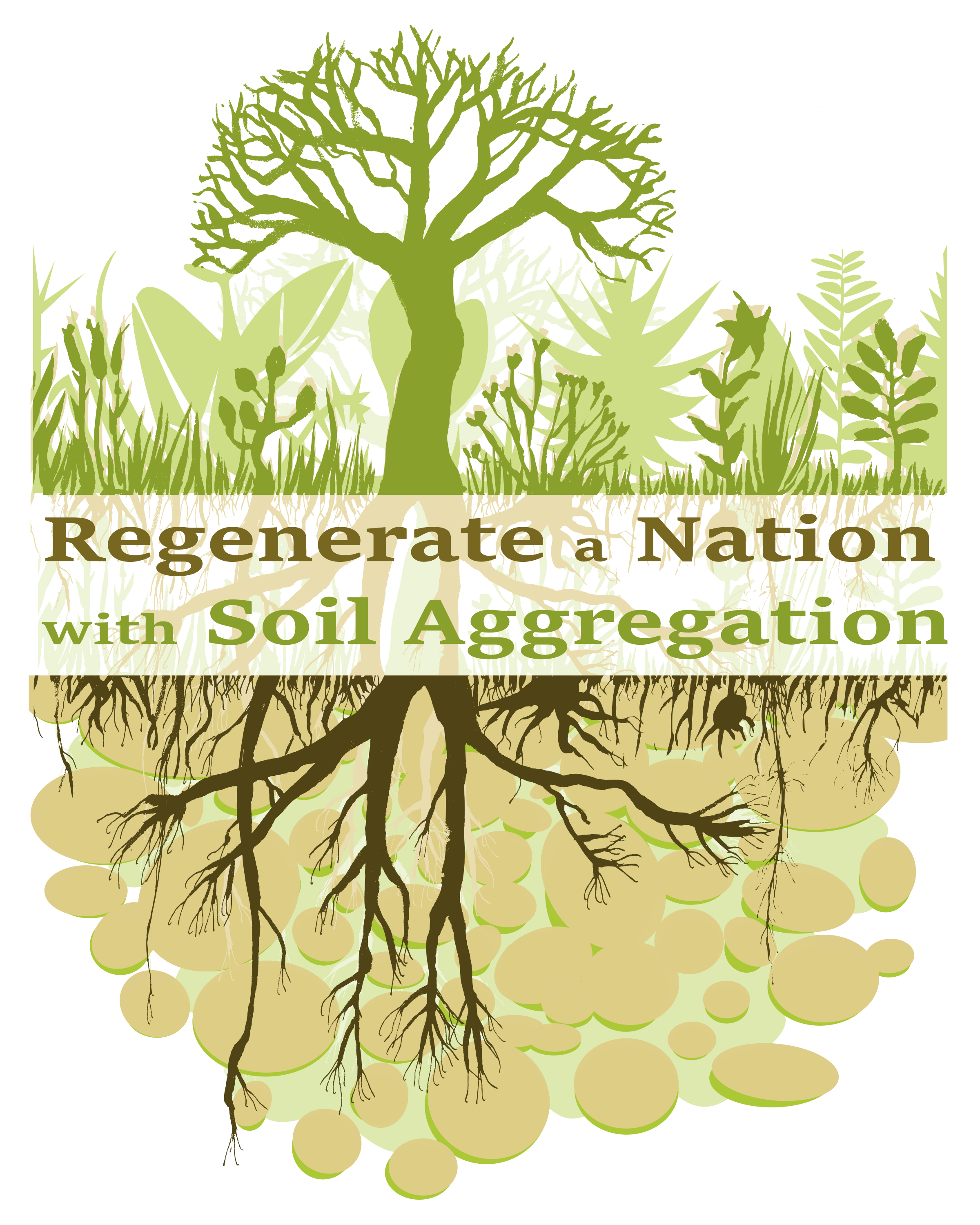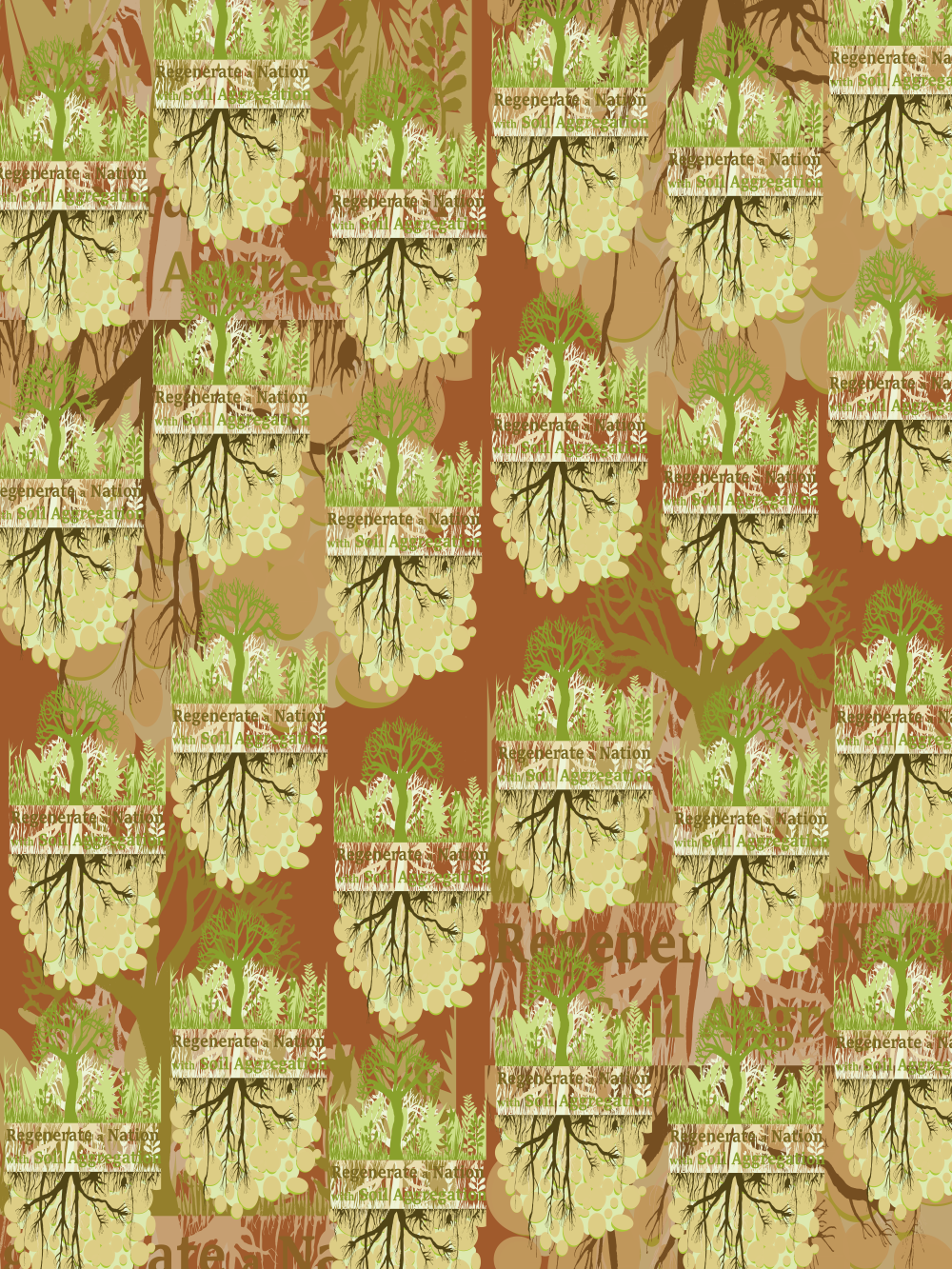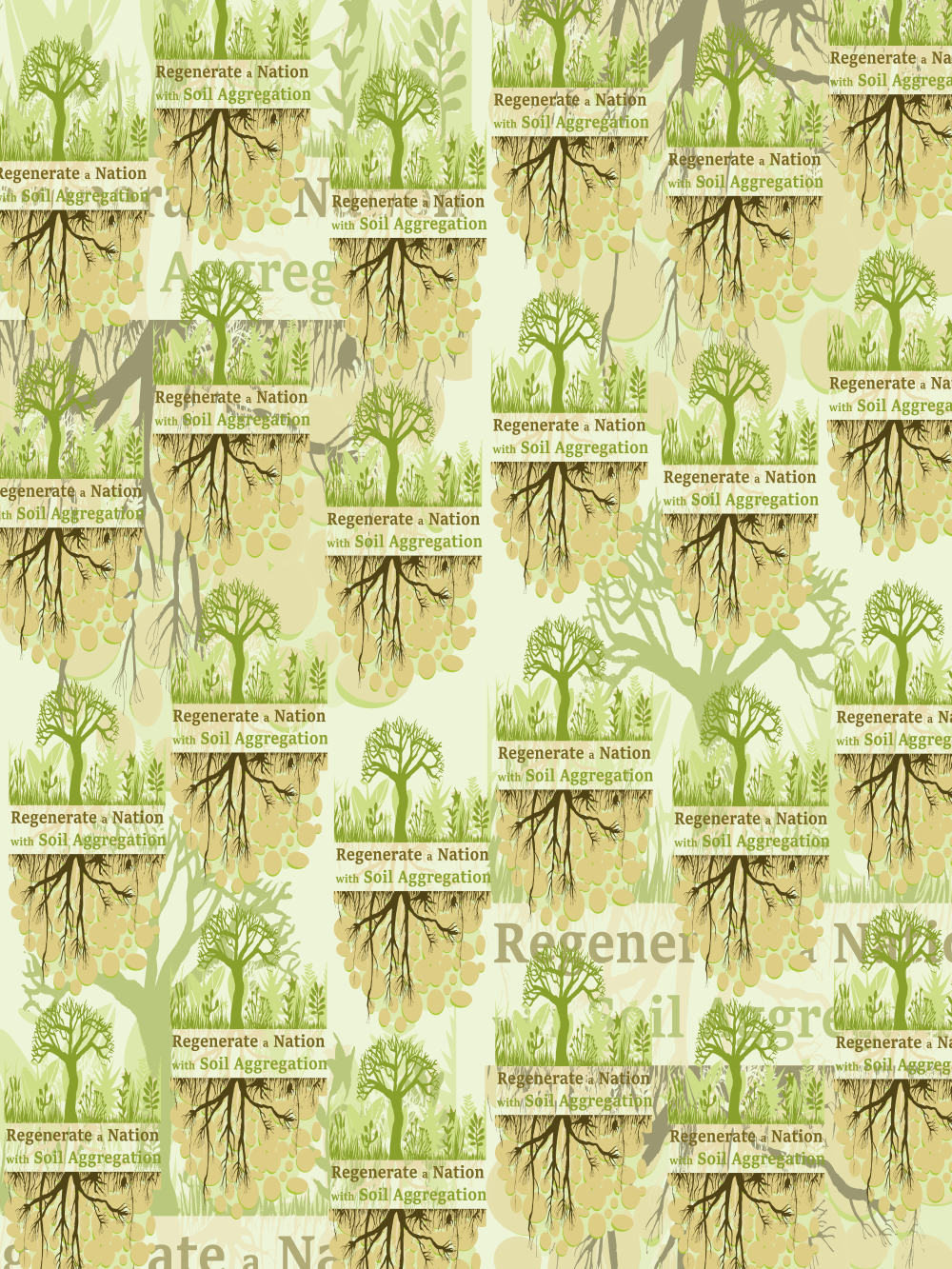Dear Reader, in this age of AI created content, please support with your goodwill someone who works harder to provide the human-made. Sign up at the top of the lefthand column or bottom of this page. You will receive my hand illustrated monthly newsletter RESTORE NATURE and access to the biodiversity garden design course as I write...and nothing else, I respect your time. I am also removing the advertizing as best I can as its become intrusive inappropriate and pays me nothing.
How does regeneration
work in the soil ?
The liquid carbon
pathway
 Soil Regeneration: Downloadable poster you can print at home.
Soil Regeneration: Downloadable poster you can print at home.How did I come to regeneration ?
After a life-time of concern with environmental issues and wanting to 'do something' and many decades of gardening and plant studies behind me, I still didn't understand the powerful processes that bring the two together. The magic, if you will, was beyond my grasp. But eventually I came across the right teacher, Finian Makepeace, and I learned about the liquid carbon pathway. Its like the mysterious pump of life, a cornucopia that provides for microbes, and thus for plants, and ultimately for us.
I was concerned about melting ice caps, and what would happen on my continent, Africa, but the fear of having no water to drink was something personally experienced in Cape Town during a recent drought. Despite permaculture certificates and a horticulture course, I didn't understand some things very basic to grasping how these fears were connected to soil.
Looking back I can see the teachers in the learning institutions giving courses in pedology (agricultural soil science) didn't understand what really made soil take on its structure. A poorly understood thing called 'humus' was somehow involved.
Why is education on regeneration so necessary ?
Much of the 'regeneration' research is so new, but it is beginning to find a wider audience.
Regeneration of soil helps to sequester atmospheric carbon and that could help combat climate change.
I think you can't really be a good regenerator without understanding some basic biology and chemistry that explains what you're doing. Natural methods and organic farming may go in the right direction but whether you actually regenerate with these methods is a hit and miss thing without a more complete story.
Its important for gardeners to know how soil regeneration works, because it changes practice. I was in the dark for years despite caring so much, and having observed that plants seemed to attract their kind, and favour the presence of other plants, as opposed to naked soil which was dead. It took me years to find out why. If you keep working on understanding you will find out more and more and it helps.
What is the liquid carbon pathway ?
The liquid carbon pathway is the flow of carbon from the air, through the plant and into the ground. During its journey it is part of different compounds or molecules, starting as carbon dioxide in the atmosphere, passing through various stages in the chloroplasts of the plant during photosynthesis, and some of the products the plant makes will leak from the roots into the ground in the form of various kinds of sugars and other organic molecules made by the plant.
 Soil Regeneration: Downloadable gift wrap you can print at home.
Soil Regeneration: Downloadable gift wrap you can print at home.The first carbon capturing process, photosynthesis, removes the carbon dioxide from the atmosphere and combines it with oxygen and hydrogen to form sugars. The sugars can undergo further transformation to form all the organic molecules that the plant needs like cellulose, proteins and lipids.
How does the liquid carbon pathway aid regeneration ?
If we keep our soils healthy and functioning at their peak, the plants that grow in them function at their peak and at maximum photosynthesis.
A large amount of the sugar formed during photosynthesis, up to 40% is leaked out of the plant roots with other organic molecules in just the right cocktail to culture the right soil micobes that that specific plant needs for its optimal nutrition.
Soil microbes like bacteria mineralize many of the nutrients that plants need and make them plant available. The fungal hyphae in the soil move smaller organisms and nutrients around to facilitate supply where it is needed.
The microbes feed the plants, but they also manufacture glues like glomalin, which glue soil particles together to form aggregates. The sugar in the soil near the plant roots nurtures fungi whose whose mycelial threads bind together even larger aggregates.
Why are soil aggregates important in regeneration ?
The pore spaces between the aggregates make the soil into a sponge.
The sponge allows quick penetration of water, but unlike pure sand, it absorbs the water, and it holds onto water and minerals and releases them on demand, creating perfect growing conditions for the plant, which then is able to maximize photosynthesis, and the virtuous cycle continues.
How does the soil hold carbon ?
Some of the carbon exuded through roots is broken down and reaches the atmosphere again in gaseous form, but some is trapped for long periods in stable substances like humus, in deeper soil layers and in plant tissues that live hundres of years. Thus the soil is a carbon sink, just as are the long lived plants growing in it, like trees, only it can hold much more than plants do alone.
What to do to help with education on regeneration ?
If everyone in the world contributed to soil regeneration it would help us enormously to survive as a species. Education is key because some of the science is so new, though the practices may be as old as time.
Everyone can help create change via their skill set, from farmers to carpenters and home makers.
 Soil Regeneration download. Soil Regeneration download. |
 print gift wrap at home. print gift wrap at home. |
My only skills are writing and art, and the always evolving practice of gardening. My ability to sustain doing work on regeneration education through art and writing depends on your help.
You have free access to what I've learned about plants and ecology via my writing, which is very time consuming, because I need to research and learn to produce it. Through your help, many other people in the world are given this information free through my writing and the sources I refer to.
Because the written information is free, the only way for me to recoup and put bread on my table is my art. Please support me by buying one of my prints, either as a direct download off this website, or off our print platform for clothing etc. Redbubble.
------
Home page for links to hundreds of articles related to regeneration.
------
Restore Nature Newsletter
I've been writing for four years now and I would love to hear from you
Please let me know if you have any questions, comments or stories to share on gardening, permaculture, regenerative agriculture, food forests, natural gardening, do nothing gardening, observations about pests and diseases, foraging, dealing with and using weeds constructively, composting and going offgrid.
SEARCH
Order the Kindle E-book for the SPECIAL PRICE of only
Prices valid till 30.09.2023
Recent Articles
-
garden for life is a blog about saving the earth one garden at a time
Apr 18, 25 01:18 PM
The garden for life blog has short articles on gardening for biodiversity with native plants and regenerating soil for climate amelioration and nutritious food -
Cape Flats Sand Fynbos, Cape Town's most endangered native vegetation!
Apr 18, 25 10:36 AM
Cape Flats Sand Fynbos, a vegetation type found in the super diverse Cape Fynbos region is threatened by Cape Town's urban development and invasive alien plants -
Geography Research Task
Jan 31, 25 11:37 PM
To whom it may concern My name is Tanyaradzwa Madziwa and I am a matric student at Springfield Convent School. As part of our geography syllabus for this
"How to start a profitable worm business on a shoestring budget
Order a printed copy from "Amazon" at the SPECIAL PRICE of only
or a digital version from the "Kindle" store at the SPECIAL PRICE of only
Prices valid till 30.09.2023







